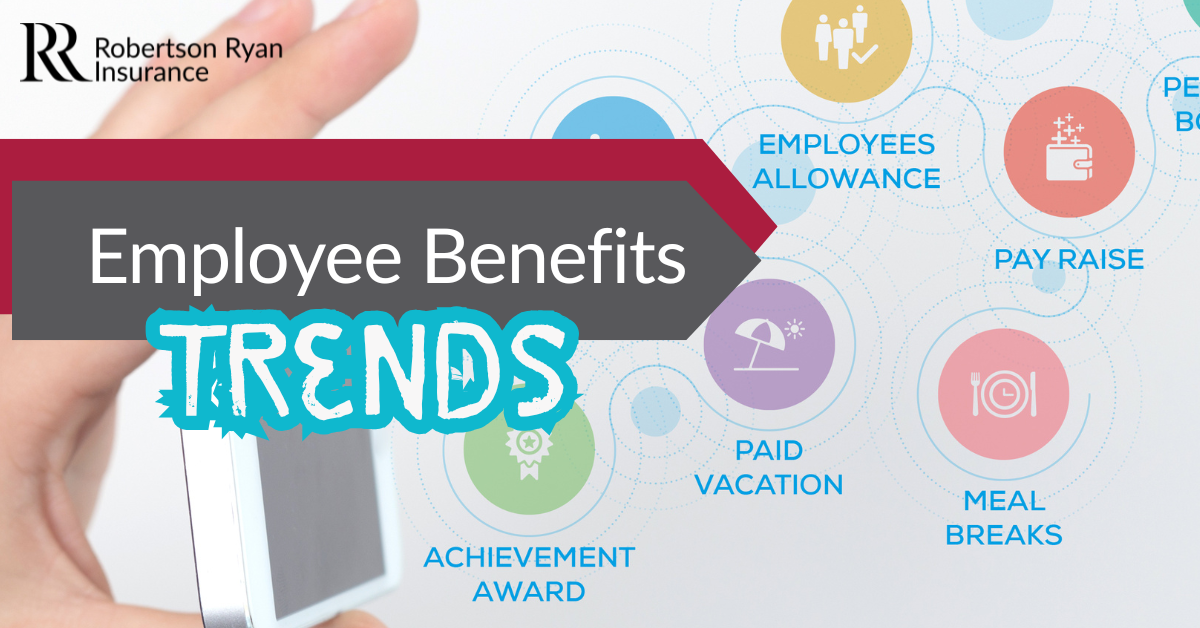Midyear Benefits Update: Key Trends Employers Should Watch in 2025
July 29, 2025

The employer-sponsored benefits landscape continues to evolve rapidly. From rising health care costs and regulatory shifts to breakthroughs in specialty medications and AI-enabled tools, employers are navigating an increasingly complex environment. At the same time, employees are facing financial stress and mounting health care concerns, prompting organizations to reevaluate how they support workforce well-being.
Understanding current benefits trends can help employers assess their offerings, support their teams effectively, and plan strategically for 2026. Here’s a look at several developments shaping the second half of 2025 and what they could mean for your organization.
Specialty Drug Trends Are Reshaping Health Plans
The specialty drug market has grown significantly in 2025, with innovative treatments targeting chronic and rare conditions. Key developments include:
- Biologics and biosimilars: Biologics remain dominant in specialty treatments, while biosimilars offer more cost-effective alternatives. The number of biosimilar approvals continues to rise, with implications for employer formularies and coverage decisions.
- Cell and gene therapies (CGT): These advanced therapies promise long-term outcomes but often come with higher upfront costs and complex administration requirements.
- GLP-1 medications: Originally developed for diabetes, GLP-1 drugs like semaglutide and tirzepatide are now widely used for weight management and heart health. Their popularity continues to grow, with many similar drugs in development.
These trends may prompt employers to revisit how their health plans cover specialty medications and explore alternative payment models or cost containment strategies. Educating employees and working with benefits advisors can support informed decisions and sustainable access to care.
Regulatory Shifts Under the Trump Administration
In early 2025, the Trump administration issued several executive orders related to health care. Highlights include:
- A push for increased price transparency
- Support for access to in vitro fertilization (IVF)
- The rescission of prior guidance related to gender-affirming care for minors
While these actions do not immediately change legal requirements, they signal potential regulatory direction. Employers are encouraged to monitor future agency rulemaking and assess how emerging federal guidance may influence group health plans. Working closely with benefits consultants and legal counsel can help navigate compliance updates as they arise.
Financial Stress Is Taking a Toll on Employees
Economic uncertainty, inflation, and tariff changes have left many Americans feeling financially strained. In fact, recent surveys show that nearly three-quarters of U.S. workers report financial stress in 2025.
Recognizing the impact of financial strain on mental health, some employers are expanding support resources. Offerings may include:
- Financial education and planning tools
- Access to financial counselors or legal services
- Enhanced wellness programs that promote emotional resilience
By investing in financial wellness initiatives, employers can promote a healthier, more engaged workforce.
Pharmacy Benefit Manager (PBM) Reform Remains in Focus
The role of PBMs continues to draw scrutiny in 2025, with dozens of state-level reforms already enacted. Common areas of focus include:
- Spread pricing and patient steering
- Transparency in reimbursement practices
- Employer and insurer-driven alternative models
While federal reform efforts remain uncertain, many states are taking the lead on regulating PBM practices. Employers may want to assess how their current PBM arrangements align with cost-control and access goals, especially in light of growing regulatory activity.
AI Is Enhancing the Benefits Experience
Artificial intelligence is making benefits more personalized, efficient, and accessible. Key applications include:
- Personalized recommendations for benefit options
- Virtual assistants and chatbots for plan navigation
- Automated processing for claims, compliance, and enrollment
- Predictive analytics to anticipate employee health needs
Employers leveraging AI are encouraged to provide training for employees and ensure transparency in how these tools use data. Thoughtful implementation can lead to a more modern and human-centered benefits experience.
Tariffs Could Impact Health Care and Coverage Costs
New tariffs on medical goods and pharmaceuticals have the potential to increase health care costs across the board. For employers, this could lead to:
- Higher premiums or cost sharing
- Narrower provider networks
- Greater pressure to manage plan costs during renewal
Employers may want to begin planning for 2026 with flexibility and cost mitigation in mind, exploring direct contracting options, preventive care initiatives, or creative plan design alternatives.
Health Care Cost Projections for 2026
Rising costs remain a top concern as employers prepare for the next plan year. Industry forecasts estimate health care costs could increase by 7-10% through 2026, driven by inflation, demand for services, and pharmaceutical spending.
Employers are taking proactive steps to contain these costs by:
- Exploring alternative funding arrangements, such as level-funded plans
- Promoting preventive care and wellness
- Reviewing prescription drug strategies to manage spending
The Bottom Line: A Future-Focused Strategy for 2025 and Beyond
The benefits environment is complex and ever-changing. Employers that stay informed, remain agile, and keep employee well-being at the center of their decisions will be best equipped to manage cost pressures while maintaining competitive offerings.
At Robertson Ryan, we’re here to support your organization with insights, strategies, and resources to help you navigate the remainder of 2025 and plan confidently for 2026.
Have questions or want to explore your benefits strategy?
Contact us today to connect with one of our Benefits Agents or reach out directly to your Agent. For a more detailed information, please download 2025 Midyear Benefits Trends to Monitor published by Zywave
*Please note that we rely on independent sources, and recommend conducting further research or to seek guidance from a qualified industry professional, legal counsel, or licensed insurance.